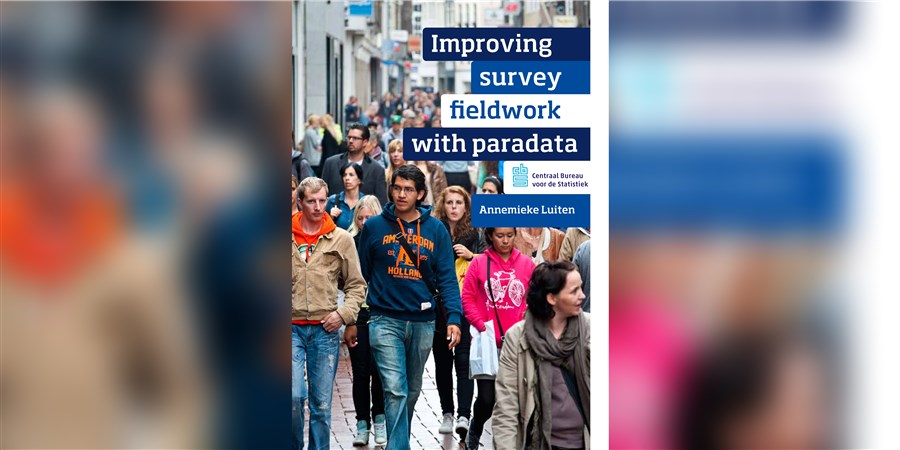Improving survey fieldwork with paradata

Research on why people do not participate in survey research (surveys) and devising ways to increase the proportion of respondents is a thriving branch of survey research.
Non-response is problematic for two reasons: it reduces the precision of outcomes and it can cause bias if people who participate in the survey are different on crucial variables than those who do not participate. In recent years it has become clear that there is no necessary relationship between the level of response and the degree of bias. It is not always the case that the results of surveys with relatively low response rates lead to more bias. It was also found that in some circumstances measures to reduce nonresponse do more harm than good because they increase the contrast between respondents and nonrespondents.
There are many ways in which response can be stimulated. Chapter 2 summarizes them.
Chapter 3 describes an experiment with one of the incentives: personalizing the letter people receive when they are in the sample of a survey. Several chapters focus explicitly or implicitly on bias due to nonresponse.
Chapter 4 describes the possibility of avoiding bias by focusing not on the level of response but on its composition. We tried to do this by not giving everyone in the sample the same treatment, but by designing a differentiated approach for different groups in the sample.
Chapter 5 builds on this theme by examining whether we can predict for different groups what their response behavior will be.
Chapter 6 describes CBS’ guidelines for field interviewers and shows that following the guidelines leads to better results at minimal cost.
Chapter 7 examines why interviewers nevertheless do not always follow the guidelines.
Chapter 8 describes an examination of the extent to which interviewers are biased by the way they conduct the fieldwork. Finally,
Chapter 9 summarizes the results.
Non-response and bias are not the only common threads in this thesis. To see if there is bias, what the characteristics of non-respondents are, how interviewers behave and what the consequences are, so-called paradata were used. Paradata are data about the process of collection in the broadest sense. This information can be used to tailor the research to characteristics and preferences of people in the sample.
Luiten, A. (2013). Improving survey fieldwork with paradata. Dissertation, utrecht University, handle:1874/286205.
Downloads
- PDF - Disseertation Luiten